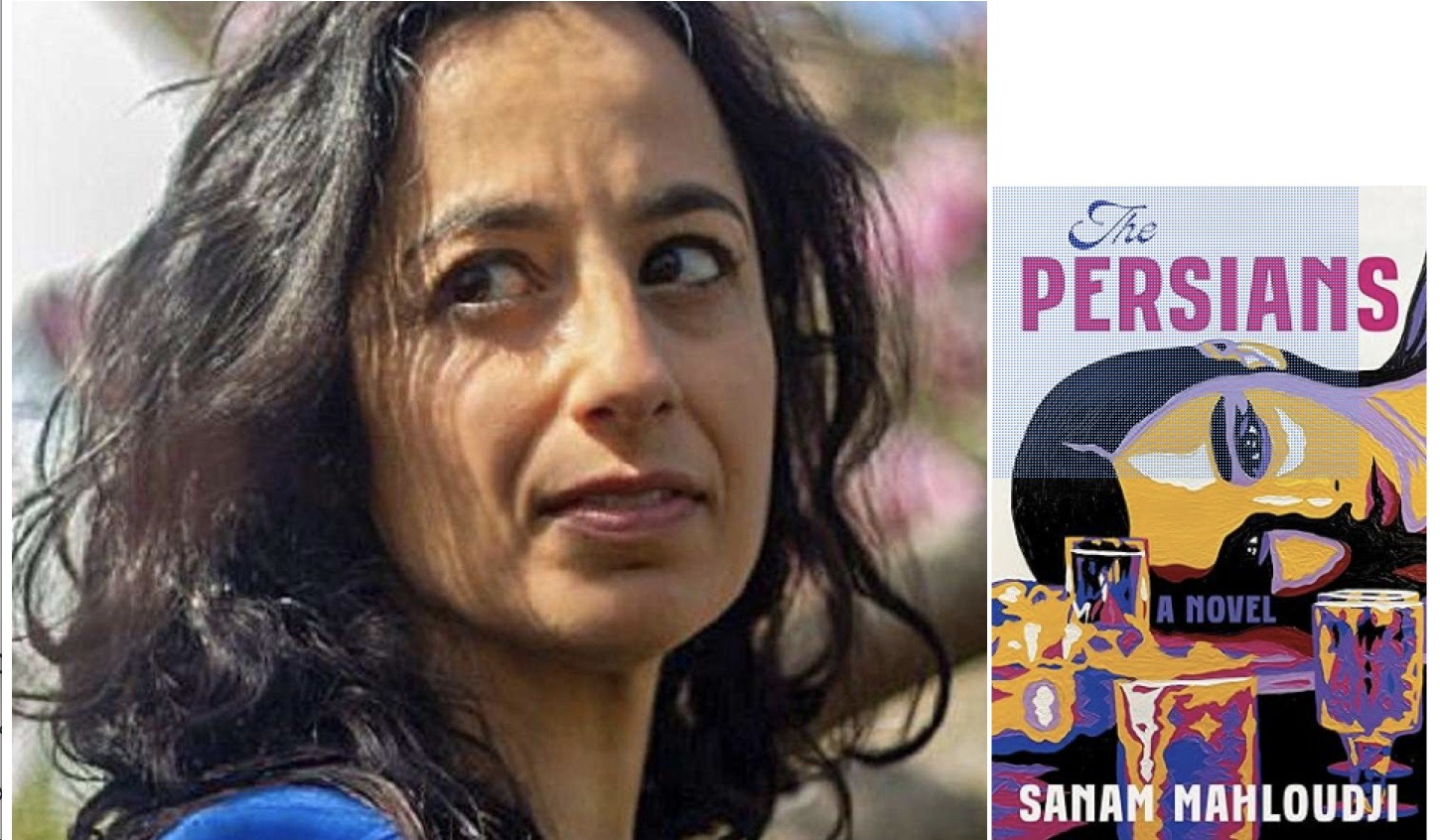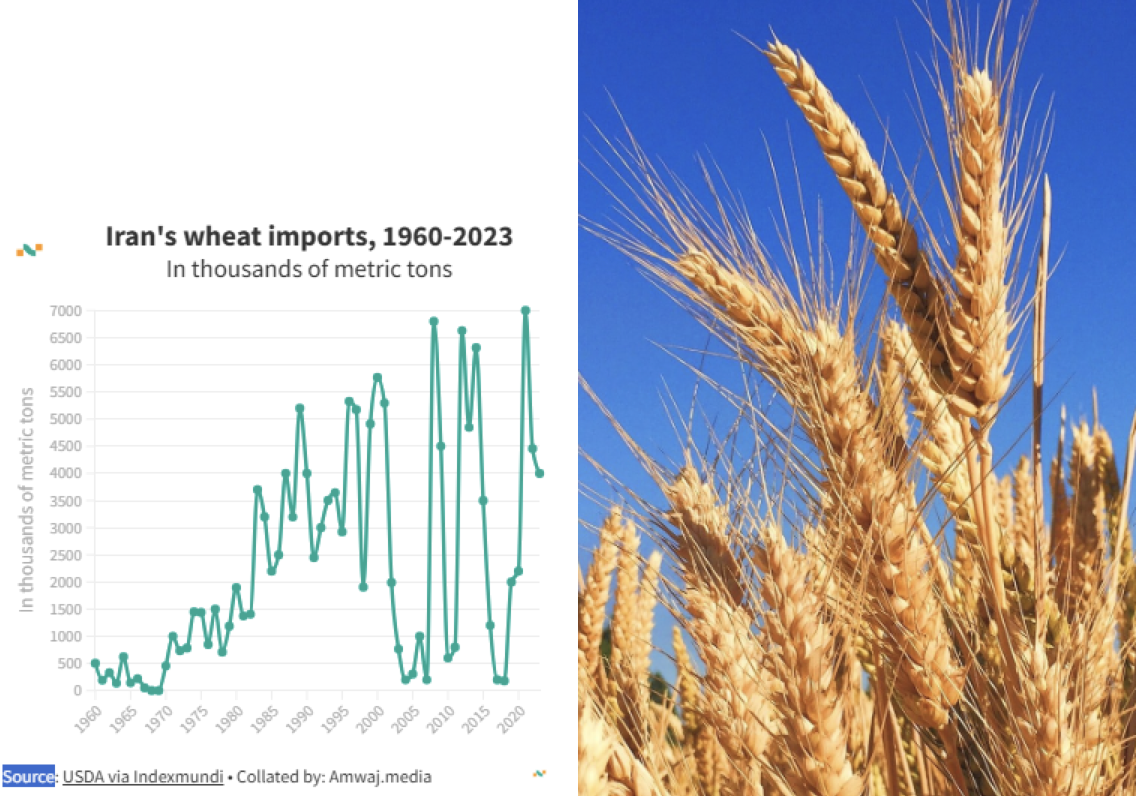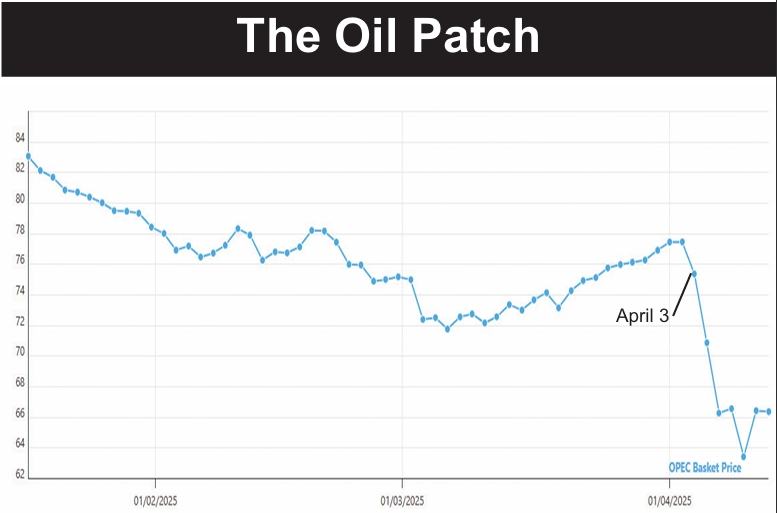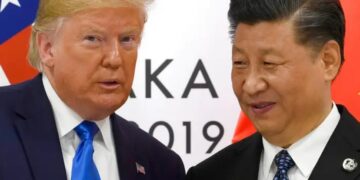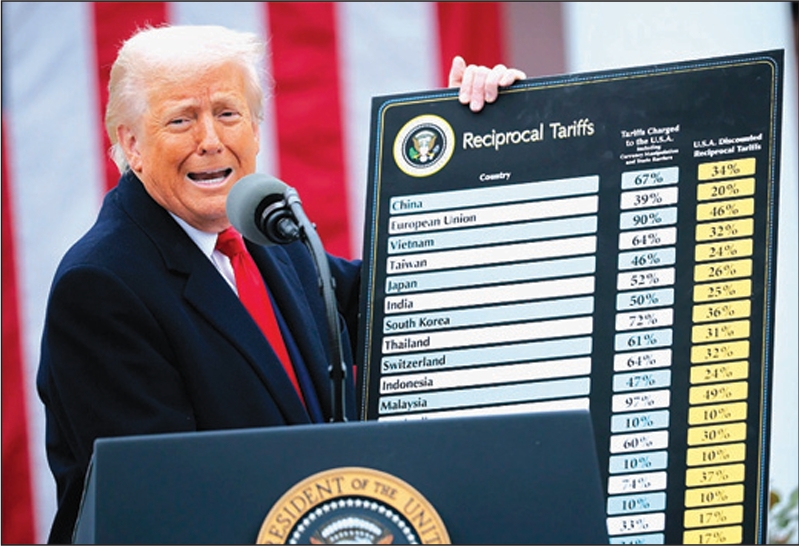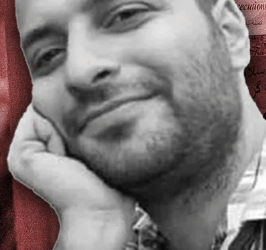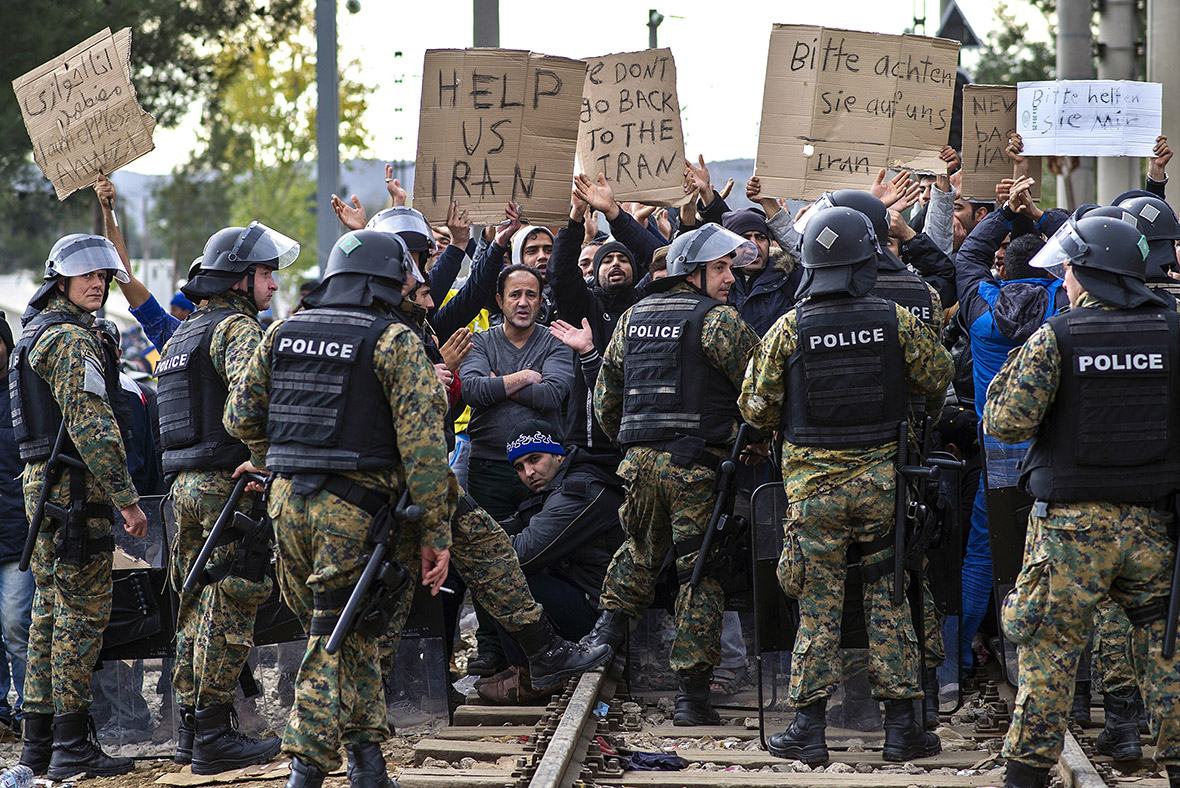November 27-2015
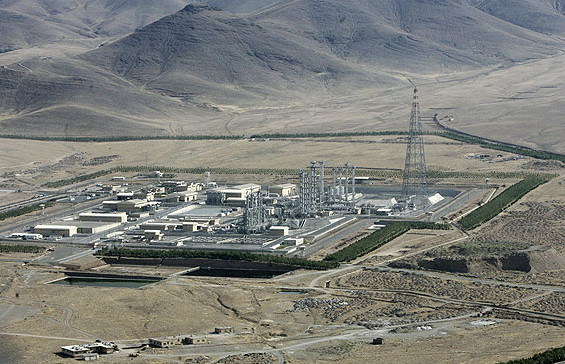
The Big Six and Iran have signed a three-page document on redesigning Iran’s heavy water reactor at Arak so it cannot produce weapons-grade plutonium.
Each of the Big Six will have some role, but the bulk of the effort, according to a document released Saturday, will be handled by China and the United States. Actually, it appears that China will do the heavy lifting and the Americans will mainly be watching over China’s shoulder to make sure that nothing untoward happens. The French will dispose of the spent fuel.
The document is 11 pages long—three pages of the agreement and eight pages with one signature each as the principles did not get together, just signing in their own capitals—the Big Six foreign ministers, Iranian Foreign Minister Mohammad-Javad Zarif and the EU’s Federica Mogherini.
The fate of the Arak reactor was one of the toughest sticking points in the long nuclear negotiations and technical detail about the plant consumes a huge part of the Joint Comprehensive Plan of Action (JCPOA).
The current core of the heavy water reactor will be removed and destroyed and a new core installed that will produce less plutonium. There are two paths to a nuclear weapon. One uses uranium and the other plutonium.
The agreement signed last week plays down the downgrading of the reactor core and instead—recognizing Iranian political sensitivities—refers repeatedly to the “modernization” of the Arak plant. Modernization is the term Iran has used in an effort to keep hardliners at bay. And since everything about Arak is technically complex, hardl-iners appear not to understand what is going on there and it has not become a major issue in Iran.
Iran will act as the project manager, according to the document, while China “will participate in the redesign and the construction of the modernized reactor” and the United States “will provide technical support and review of the modernized reactor design.”
“The primary design of the Arak reactor will take one year. Then the [Big Six] working group has three months to approve it,” Behruz Kamalvandi, spokesman for the Atomic Energy Organization of Iran, was quoted as saying by state broadcasting.
During the process, the reactor will be reconfigured so it cannot yield fissile plutonium usable in a nuclear bomb.
The Islamic Republic has said that the 40-megawatt, heavy water plant is aimed at producing isotopes for cancer and other medical treatments, and has denied that any of its nuclear activity is geared to developing weapons.
None of the actual work on the reactor will start just yet. Supreme Leader Ali Khamenehi decreed last month that no work on the plant may start until investigations of past work on nuclear weapons have been closed by the International Atomic Energy Agency, which is expected to happen in mid-December.







